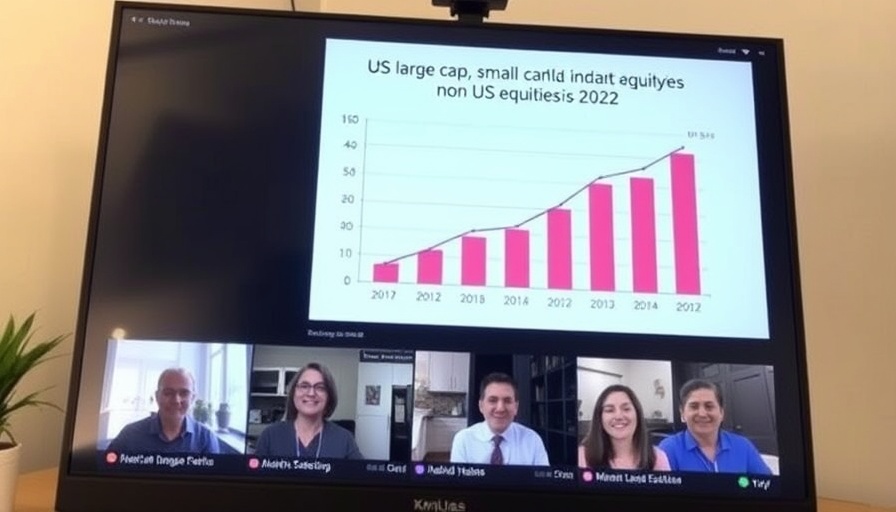
Understanding the Hedgehog Concept: A Strategic Approach for Nonprofits
In the recent session of the Nonprofit Business Agility Series, experts explored the delicate balance between maintaining an organization's mission and managing its financial viability. They stressed the importance of the Hedgehog Concept, a framework introduced by author Jim Collins, which encourages organizations to focus on three core questions: What are you most passionate about? What are you best at? And what drives your economic engine? By answering these questions, nonprofits can pinpoint what must be preserved during difficult transitions.
In the session titled Nonprofit Business Agility Series Session 3 - Part 2, the discussion dives into strategic planning for nonprofits, providing insights that sparked deeper analysis on our end.
Learning from a Difficult Past
Reflecting on their own experiences, participants shared the story of United Family Services, now known as Safe Alliance, which underwent a significant downsizing 14 years ago. The agency used the Hedgehog Concept to identify that their strongest impact lay in providing victim services in Mecklenburg County, ultimately deciding to ethically close other services that were no longer sustainable. This decision was not just about the organization's survival; it also forged stronger community support in the long run.
The Emotional Toll of Organizational Change
While strategy and data are vital, the human element cannot be overlooked. Leaders discussed the emotional difficulty of layoffs, emphasizing transparency with staff during transitions. It’s crucial for leaders to communicate openly, allowing staff to process these changes constructively. Sharing the rationale behind difficult decisions fosters trust and mitigates fear, ultimately leading to a more resilient organizational culture.
Cultivating Community Support
As organizations face financial realities, they must also engage their community partners and funders. By articulating a clear vision and the impact of program changes, nonprofits can navigate these relationships more effectively. Leaders should prepare communication strategies that emphasize collaboration and community benefit, which is essential for garnering ongoing support in uncertain times.
The Path Forward: Collaboration in Challenging Times
As many nonprofits struggle with reduced resources, they are called to rethink their operational frameworks. Now is the time to not only make tough decisions but also to advocate for the needs of their communities. When organizations downsize, it’s vital to communicate the value of their work while also listening closely to community feedback, finding new ways to collaborate and innovate.
As we reflect on the lessons shared during the Nonprofit Business Agility Series, it becomes clear that resilience, community focus, and strong leadership will be crucial to navigate the challenges ahead. Nonprofits are essential threads in the fabric of society; through collaborative efforts and candid communication, they can continue to uplift the communities they serve.
Join the Community Conversation
It’s important to continue engaging in conversations about how we can collectively support one another as we navigate these changes. Share your thoughts and experiences online or join local discussions on how to foster a stronger nonprofit sector in Charlotte. The impact starts with us, and together we can make a difference.
 Add Row
Add Row  Add
Add 


Write A Comment